Thai Hoa Palace revived as in its golden age.
In the heart of the ancient capital, Thai Hoa Palace, once a symbol of the Nguyen Dynasty's power, now shines again, carrying the breath of history, of human hands and the pride of Hue heritage.
A place that marks a golden age
If the Imperial Citadel is the soul of the ancient capital Hue, then Thai Hoa Palace is the heart of the Imperial Citadel, the place that witnessed the splendid dynasties, the edicts that were issued to the world, and also the place that marked the golden age of more than two centuries ago.
The palace was built by King Gia Long in 1805, when the Nguyen Dynasty had just established its capital in Phu Xuan. According to historical records, the project began on January 22, the fourth year of Gia Long (February 1805) and was completed after only ten months. In 1833, during the grand planning of the Imperial City, King Minh Mang moved the palace to its current location - the center of the main axis of the palace, in line with Ngo Mon and Ky Dai.
The palace was built by King Gia Long in 1805, when the Nguyen Dynasty had just established its capital in Phu Xuan.
Inside the palace is the throne, the symbol of the emperor's supreme power. During grand court sessions, the king sits in the center, surrounded by royal relatives and civil and military mandarins arranged in clear rows. Every pattern and every color of gilded lacquer in the palace contains the solemn spirit of a dynasty.
Inside the palace is the throne, the symbol of the emperor's supreme power.
Over the past two hundred years, Thai Hoa Palace has been restored many times, but time, war and harsh climate have left deep marks. In particular, after storm No. 5 in 2020, the royal glazed tile roof was dislocated, many wooden structures were rotten, and the patterns faded, causing the building that was once the pride of the Nguyen Dynasty to become desolate.
Revival in the heart of heritage
In November 2021, the Thai Hoa Palace restoration project was started with a total budget of 128 billion VND from the state budget. This is one of the largest and most elaborate relic conservation projects that the Hue Monuments Conservation Center has ever implemented.
In November 2021, the Thai Hoa Palace restoration project started with a total budget of 128 billion VND from the state budget.
Before being dismantled, the entire structure was 3D scanned to preserve every original detail, from wooden structures, decorative motifs to every mark of time. From there, a complete digital copy was stored as the foundation for the restoration journey. More than 200 artisans and skilled workers, including those who have been attached to the carpentry, gilding, and glazed tile profession for decades, returned to the Imperial Citadel, diligently working on each wooden bar, each tile, and each carving.
Diligently with each wooden bar, each tile, each carving.
The walls were rebuilt with ancient-style baked bricks, the dark red bricks harmonizing with the royal yellow. The ironwood frame was reinforced and replaced using traditional techniques. On the roof, tens of thousands of royal glazed tiles and yellow glazed tiles were restored by hand to restore the brilliant yellow color - the color of power and royalty.
More than 200 artisans and skilled workers participated in the Thai Hoa Palace restoration project.
Inside the palace, the gilded lacquer was restored with 300 taels of pure gold, under the talented and patient hands of Hue artisans. Every line and motif, from the dragon and phoenix patterns to the parallel sentences, was meticulously cared for. When the sunlight filtered through the door, reflected on each ironwood column, each sparkling gold patch, we seemed to feel the breath of the past.
Every line and pattern, from dragon and phoenix patterns to parallel sentences and horizontal lacquered boards, is meticulously cared for.
Not only is it the revival of a building, the restoration of Thai Hoa Palace is also the return of traditional crafts that are gradually fading away. Enamel painting, pottery, porcelain inlay, and gilding are all reawakened, integrated into the central work of the Nguyen Dynasty, as a way to preserve memories with the hands of Hue craftsmen.
Golden light returns to the Imperial City
When the scaffolding was dismantled, the yellow glazed tiles glowed in the early morning sunlight, reflecting on the red-tiled Dai Trieu Nghi courtyard. From afar, Thai Hoa Palace looked like a strip of yellow silk in the ancient space of the Imperial City, both solemn and soft.
Thai Hoa Palace looks like a golden silk strip in the ancient space of the Imperial Citadel, both solemn and soft.
Passing through the Ngo Mon Gate, along the sacred axis, visitors will encounter the Thai Hoa Palace, appearing majestic and close. In the soft light, the throne placed in the middle of the main hall radiates a golden color, the panels of enamel, blue and yellow are as bright as the sparks in a fairy tale. Everything makes people feel as if time has stopped.
The throne placed in the middle of the main hall radiated golden color.
Today, Thai Hoa Palace has not only been restored to its splendid appearance, but has also been reinforced from the foundation to the structural frame, moisture-proof, termite-proof, and adapted to the harsh climate of the Central region. Modern technology and traditional techniques have met in the goal of preserving the soul of the heritage, but giving it new life.
Modern technology and traditional techniques have met, retaining the spirit of the heritage, but giving it new life.
For the people of Hue, the reopening of Thai Hoa Palace is a source of joy and deep pride. Because amidst the ups and downs, there is still a resilient Hue, knowing how to cherish each tile, each carving, as if preserving its own soul.
Green heritage - new direction of Hue conservation
Thai Hoa Palace has just been awarded the LOTUS certificate - green building by the Vietnam Green Building Council, becoming the first world cultural heritage in Vietnam to meet green standards. Behind this title is a new way of thinking in conservation: respecting original values, in parallel with environmental adaptation and sustainable development.
Thai Hoa Palace has just been awarded the LOTUS green building certificate by the Vietnam Green Building Council, becoming the first world cultural heritage in Vietnam to meet green standards.
Traditional materials were carefully selected to minimize emissions, take advantage of natural light, natural ventilation, save energy and protect the surrounding landscape. The project shows that heritage conservation is not just about “keeping the old”, but giving it a new, longer, more sustainable life, where the past and present coexist in harmony.
Past and present coexist in harmony.
From the ashes of time, Thai Hoa Palace shines again with a golden color, with the spirit of those who preserve the heritage. In the middle of the silent Imperial City, that golden light still reflects on the brick surface, shining into people's hearts, like a gentle reminder that: there are values that, despite many changes, will never fade.
There are values that, no matter how many changes, never fade.
In the ancient space of the Imperial City, Thai Hoa Palace glows with the warm golden light of gilding, of the light of knowledge and human passion. Each tile, each piece of wood is a note in the reviving harmony, the music of love for heritage, of Hue that remains faithful to the past and still moves with the times.
Hue remains faithful to the past while still moving with the times.
Source: https://vtv.vn/dien-thai-hoa-hoi-sinh-nhu-thuo-vang-son-100251124131227903.htm


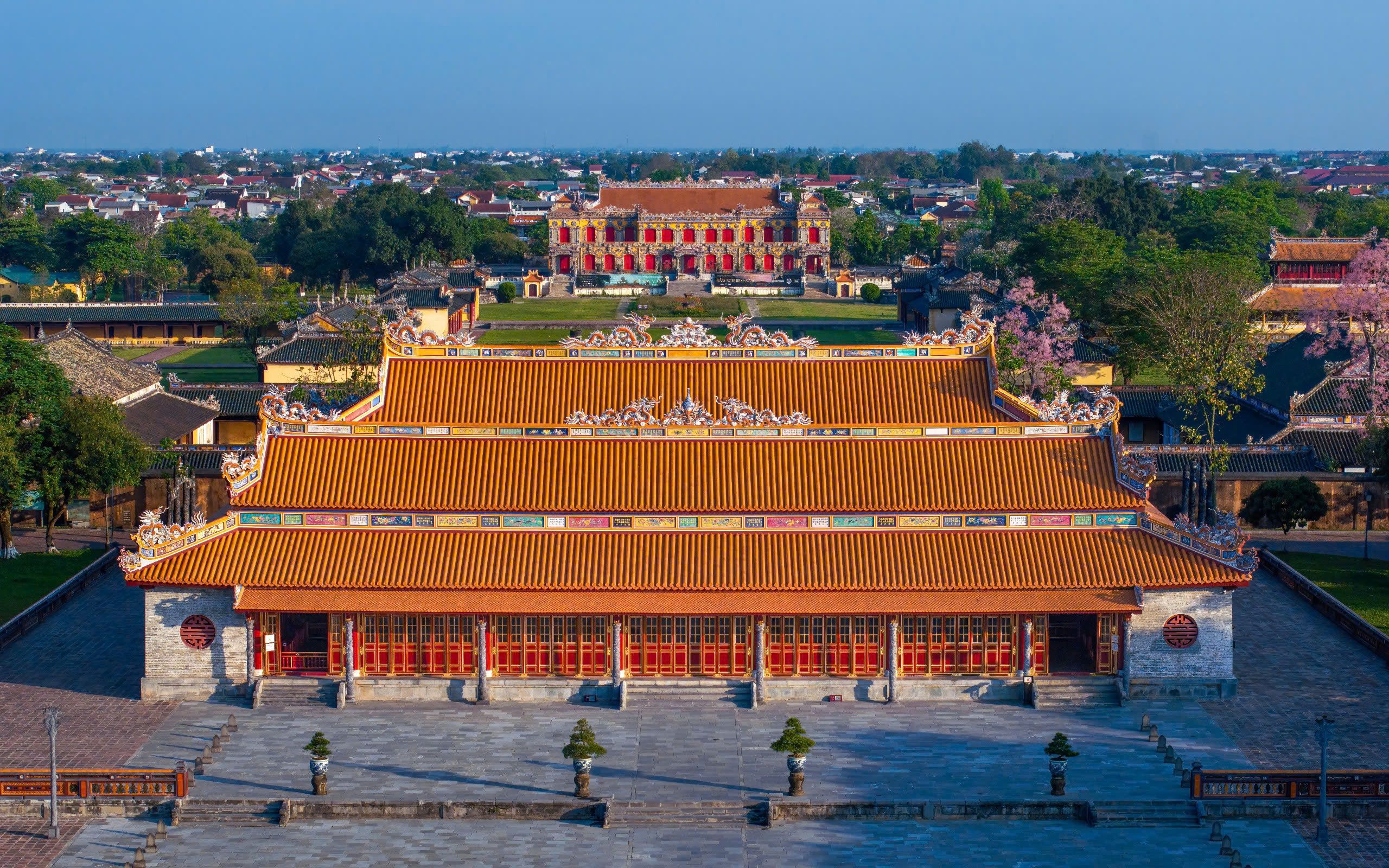



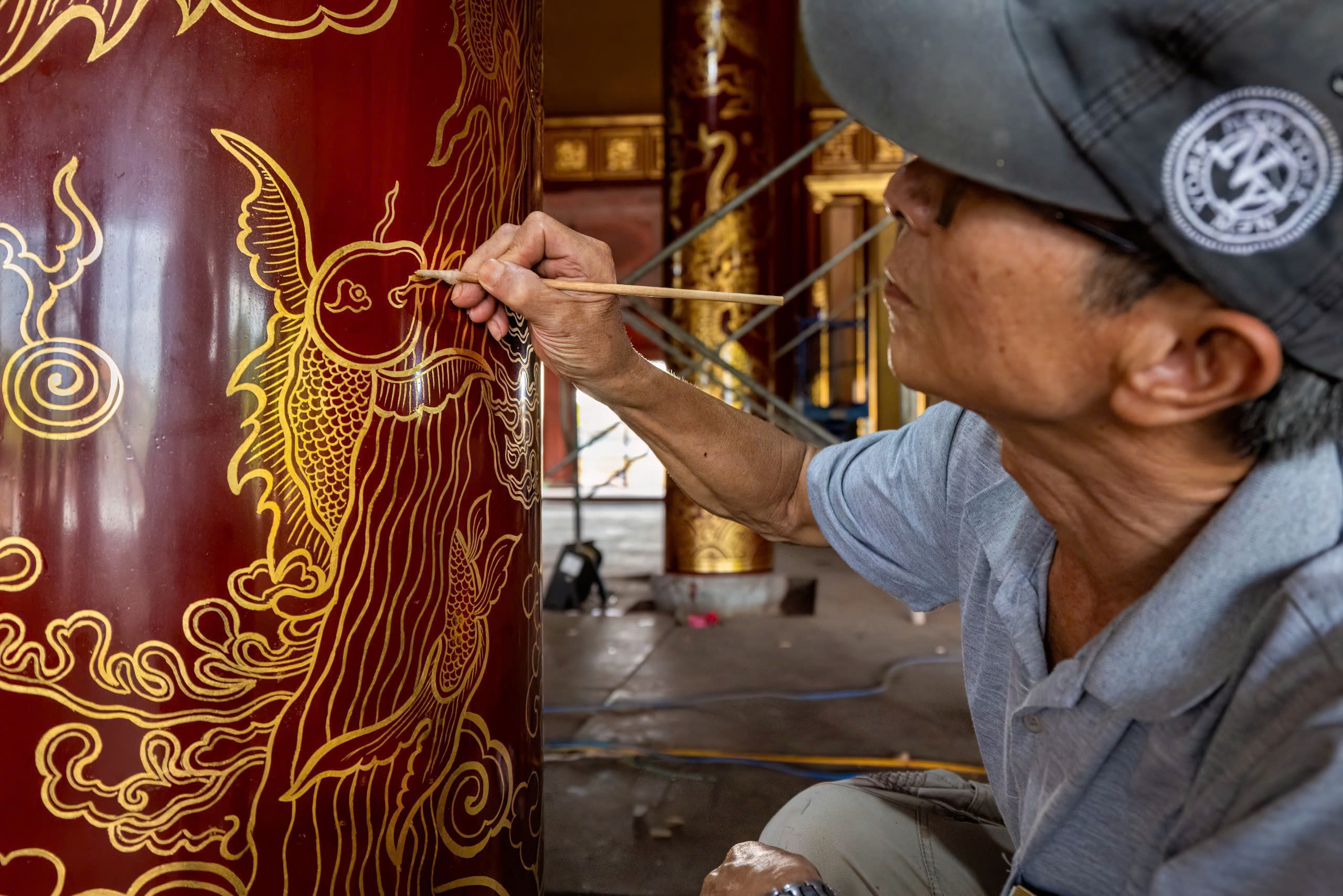
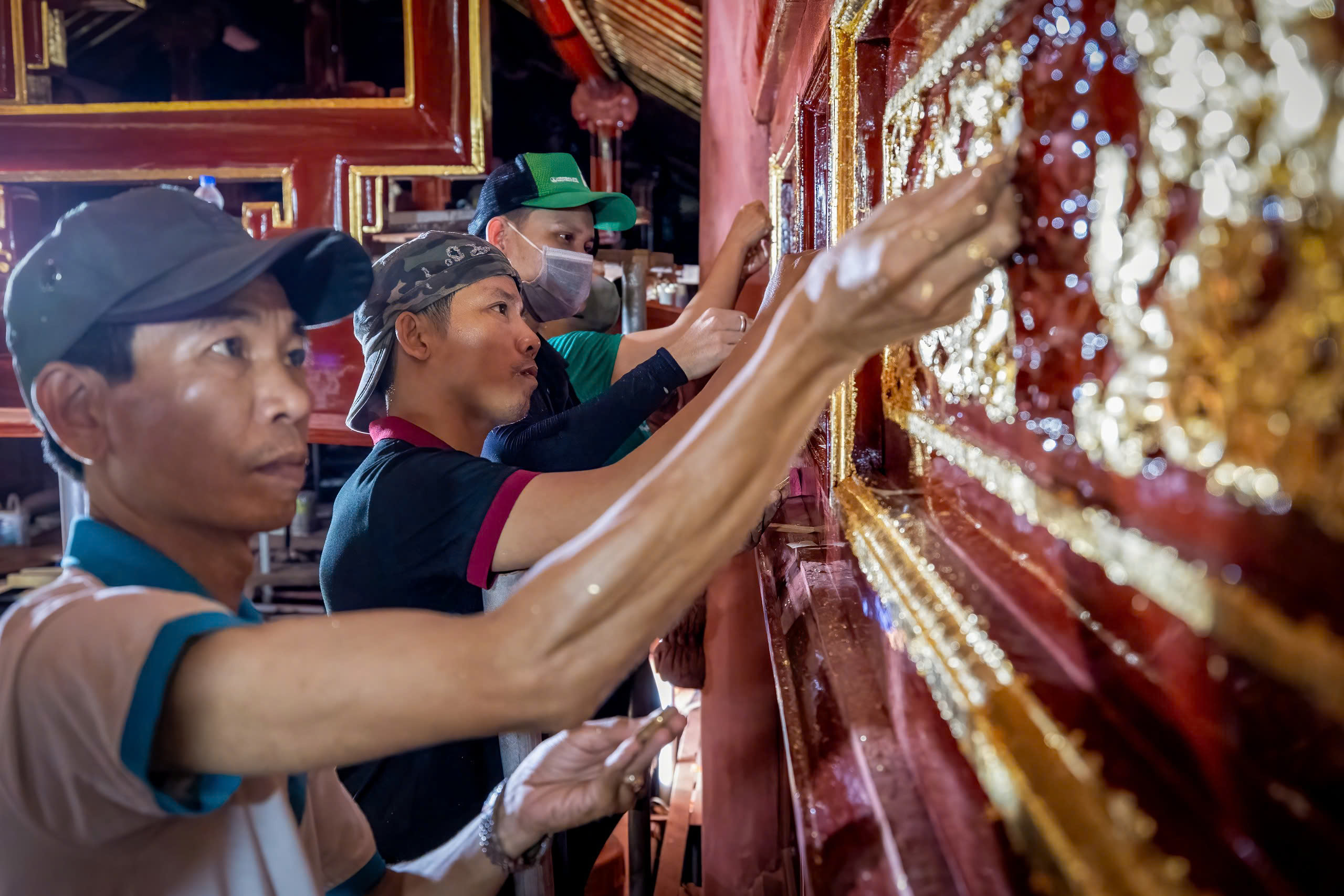



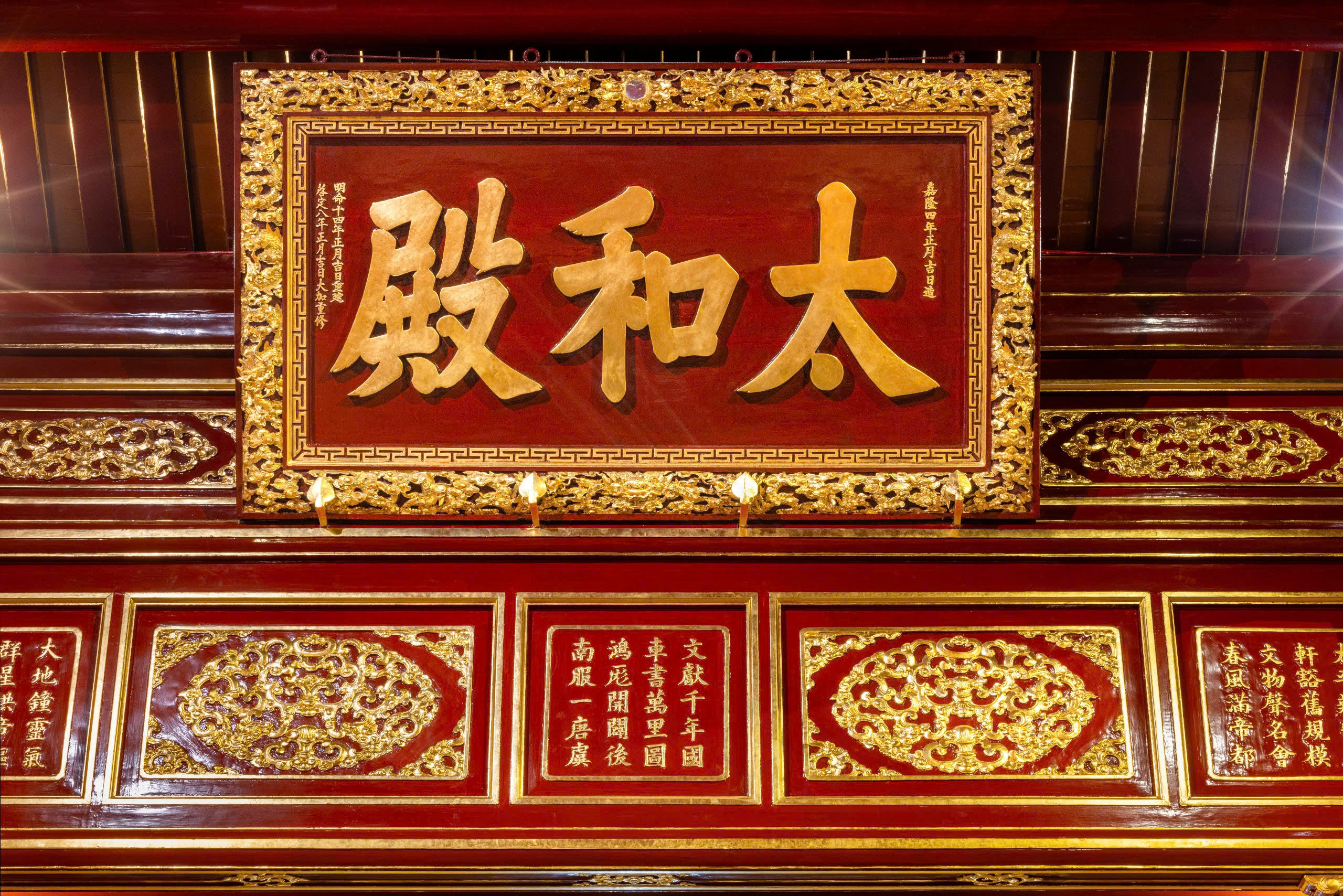
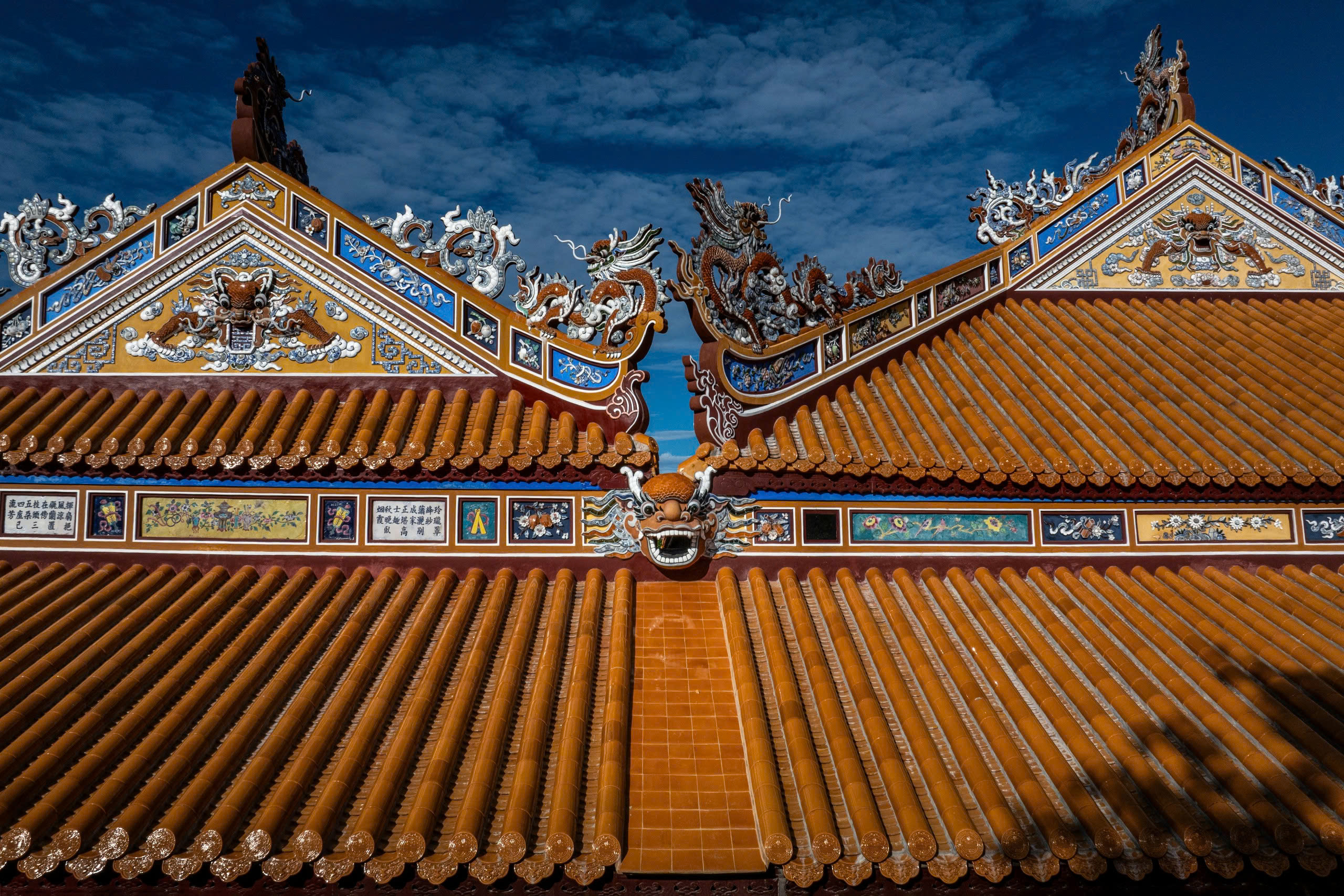
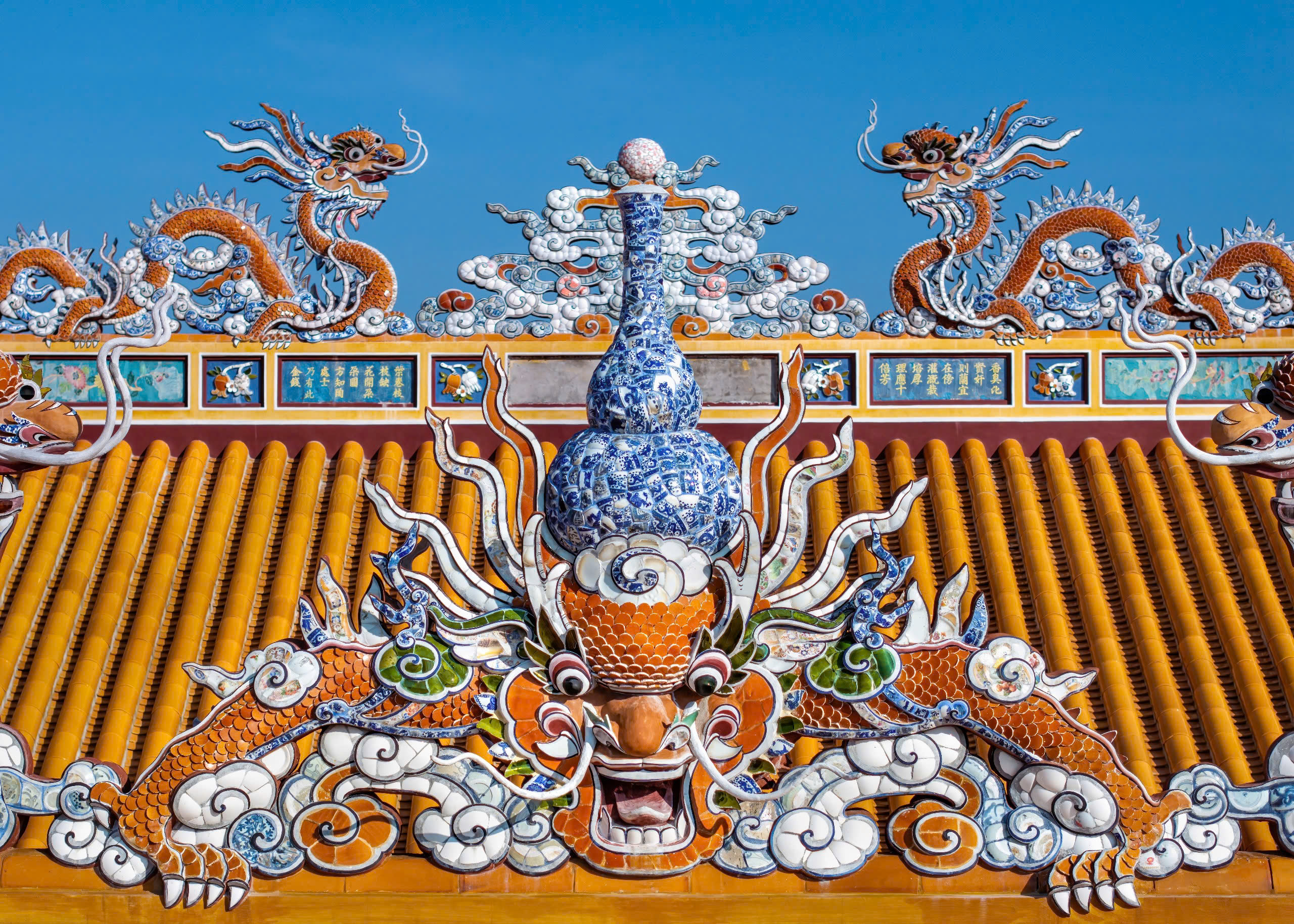
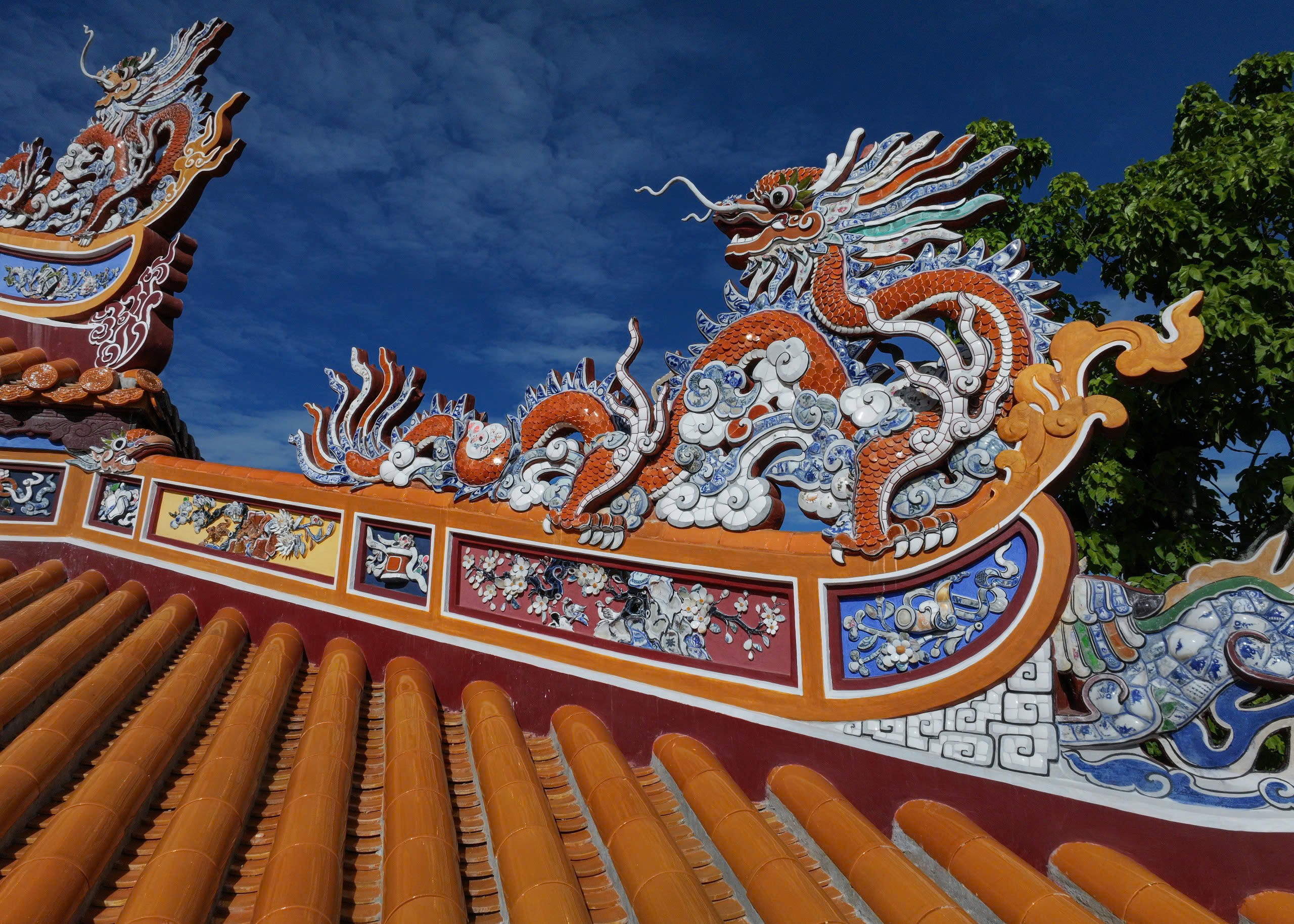
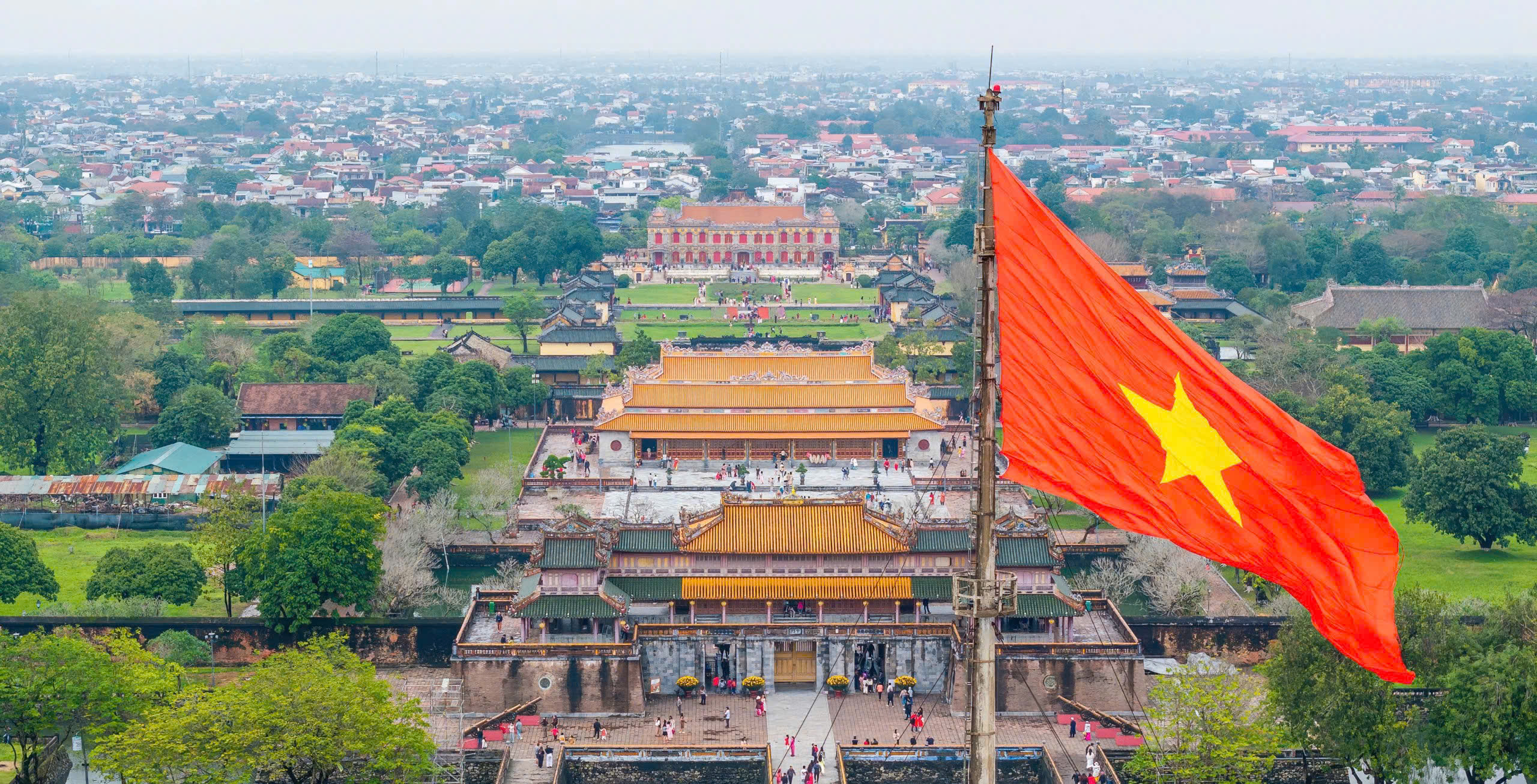










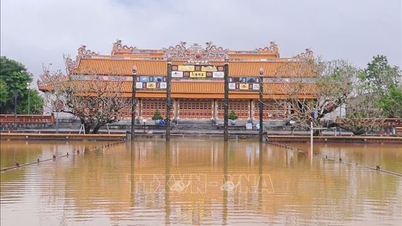

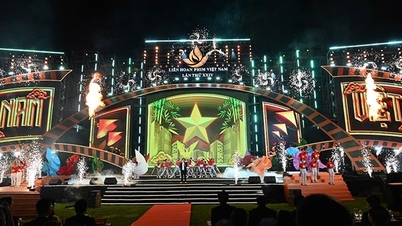







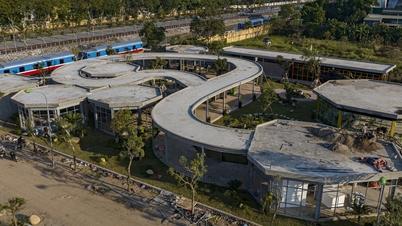

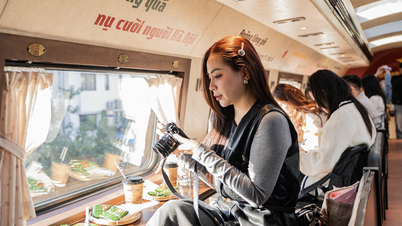




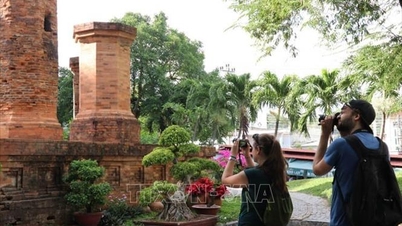




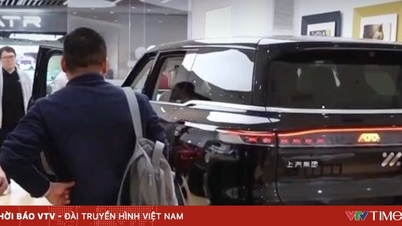
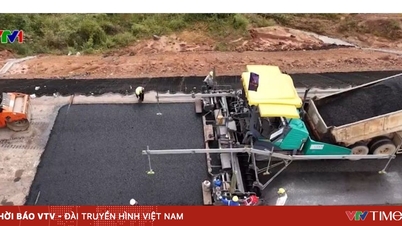

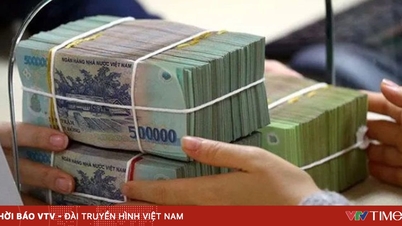


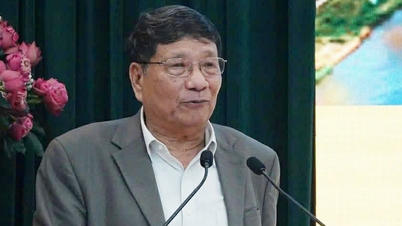
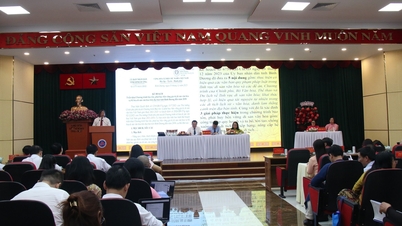














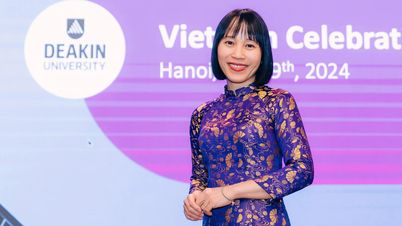



![[Answer] Should I install an elevator for an old renovated house?](https://vphoto.vietnam.vn/thumb/402x226/vietnam/resource/IMAGE/2025/11/25/1764039191595_co-nen-lap-thang-may-cho-nha-cai-tao-cu-khong-04.jpeg)














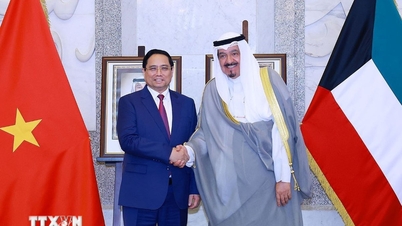

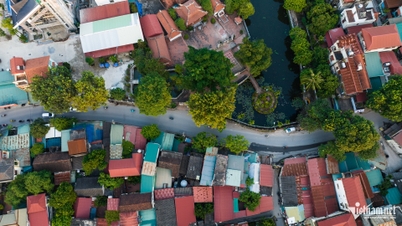













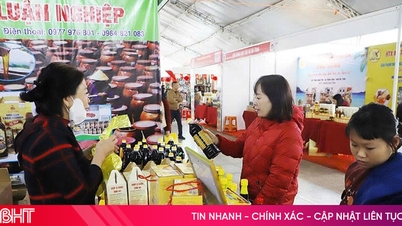


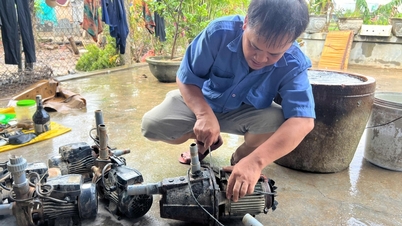



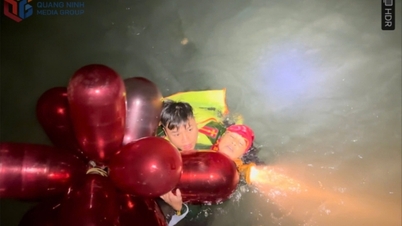














Comment (0)